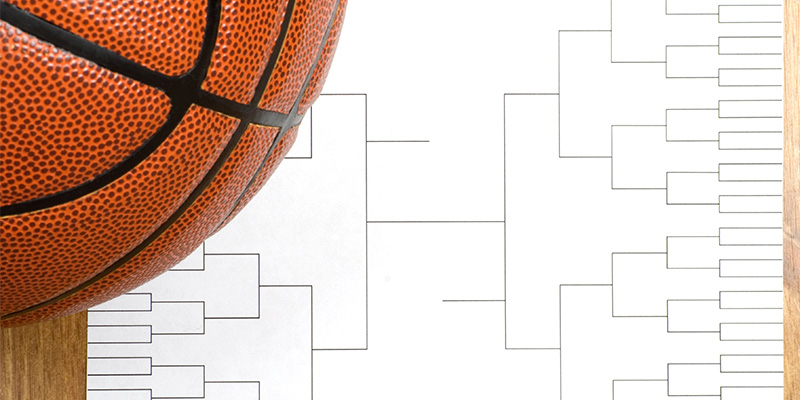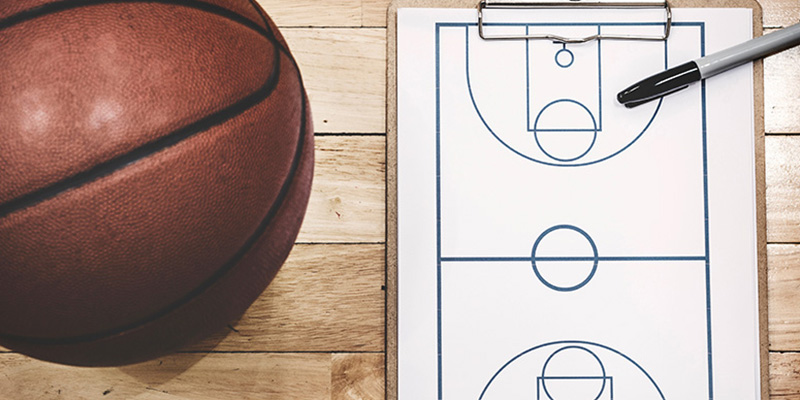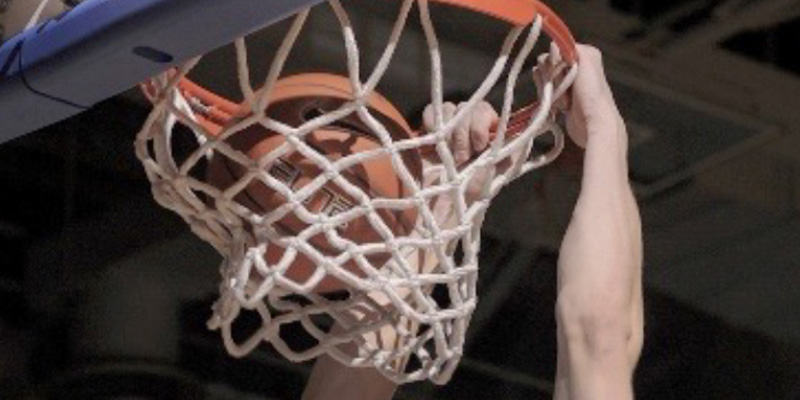Every March, Linda and her husband take “off” on vacation. It’s always during the last two weeks of the month. They try not to answer their cell phones. They try not to talk to family or friends. They put on their favorite clothes and round up plenty of snacks.
They’re not in Tahiti on the beach. Neither are they in an exotic location somewhere in the Pacific, watching time go idly by.
They are parked in their family room in front of their huge 50-inch TV, trying to catch every game of March Madness.
March Madness refers to the excitement that happens during the time of the year when the National Collegiate Athletic Association (NCAA) Division I men’s basketball tournament is happening, a single-elimination tournament of 68 teams that compete in seven rounds for the national championship.
The term was first used in basketball by an Illinois high school official, Henry V. Porter, in 1939. And there’s a reason why the term has stuck: Basketball fans are mad about the excitement, showcasing the tournament’s huge popularity and cultural impact.
And fans like Linda and her husband are not so unusual. According to Statista.com, during the 2024 edition of the NCAA Division I Men’s Basketball Championship, the average TV viewership in the U.S. stood at 9.86 million viewers.
That’s a lot of eyes zeroed in on the screen. And why is it so exciting?
Fans like Linda and her husband eat up buzzer beaters like hot wings delivered to the door. Moments like the one in the 94-95 season when Tyus Edney, taking the ball the entire length of the court, banked the shot in at the buzzer to save his UCLA team from defeat.
If they’d been watching in 1999, they’d have knocked over their 2-liter sodas and each other jumping out of their Barcaloungers when Connecticut beat Duke 77-74 in the biggest point-spread upset in NCAA championship game history.
Shared Strategies: Basketball and Marketing
March Madness is all about strategy, competition, and making bold moves. And you know what? That’s just like marketing.
In other words, basketball and marketing share the same playbook in many ways. Both disciplines need strategic thinking, cooperation among team members, and innovative moves to succeed.
Teams have to scout opponents, adapt their game plans, and execute under pressure. Markets do the same when they analyze competitors, adjust strategies, and capture attention in a crowded market.
And the potential parallels between March Madness and marketing don’t stop there.
The Bracket = The Marketing Funnel

In basketball, teams progress through a bracket towards the championship. Similarly, marketers follow a bracket (Marketing Funnel) that defines how teams start with a big pool of opponents and work their way to the championship.
Both processes involve refining approaches at every stage to clinch success.
When successful, both focus on moving step by step, refining their approach at every stage.
Coaching Strategies = The Marketing Playbook

Legendary Duke Basketball Coach Mike Krzyzewski, the most NCAA tournament wins by a single coach, led Duke to five national championships and 13 Final Four appearances. He emphasized the importance of adapting to new challenges each season.
He says, “I try to see each new season as a new challenge because I have a new team to work with, new opponents to encounter, and often new ideas and theories to try.”
Basketball coaches tweak plays in their playbooks based on opponents.
Just like Krzyzewski, marketers adjust campaigns based on data. They must continually adjust campaigns based on the data that is available and test new approaches to evaluate and optimize results.
In order to win, basketball coaches and marketers will adapt, test, and optimize their approaches.
Krzyzewski is quoted as saying, “My hunger is not for success; it is for excellence. Because when you attain excellence, success just naturally follows.”
Cinderella Stories = Guerilla Marketing

It wouldn’t be March Madness without them!
The NCAA site lists the best Cinderella stories in March Madness history, beginning in 1983 with N.C. State, a six seed in the 1983 NCAA tournament. Linda and her husband were probably glued to the set, and their hair caught fire when the Wolfpack won it all, taking down some mighty opponents in Virginia and Houston.
Linda and her husband are probably already scouring the internet trying to figure out what underdog will emerge this year. The New York Times published an article yesterday helping fans choose their top “Cinderella candidates.”
Underdog teams often use unexpected strategies to break through the rest. And, hmmm, that sounds a lot like brands that go viral with unconventional tactics.
It’s called guerilla marketing. And sometimes, unconventional and bold marketing strategies outperform the big-budget campaigns.
Guerilla marketing can prove that creativity and boldness can lead to successful results.
The Hype Factor = Brand Awareness

Even though Linda and her husband aren’t letting themselves be distracted from the games at hand, I don’t think they’ve stopped looking at their phones. Social media is a star player. And March Madness thrives with it.
Remember those 9 million plus adult viewers of the 2024 event? Many of them use social media to talk about, share opinions about, and participate in March Madness.
Great marketing campaigns use the same technique. They are about brand awareness, creating excitement and emotional connections with their audience, and gaining the most attention.
And this hype factor, social media use, is a key player for marketers. According to Statista.com, in 2023, 64% of avid sports fans who intended to watch the NCAA tournament said they would also engage with social media during the tournament.
In the end, basketball fans like Linda and her husband can only help savvy marketers. They may be a marketer’s dream. Why? They are a “captive audience.”
According to the Kanter Advertising site, 90 – 95 different companies purchase airtime in the tournament each year. A small proportion hold dominant positions, and the top ten consistently account for over one-third of total spending. In 2016, it says, this select group invested $464 million to pitch their messages to NCAA viewers.
This high level of engagement presents a huge opportunity for marketers to create brand awareness and emotional connections with their audience.
Final Buzzer: Winning Takes Strategy
March Madness isn’t just about the best teams—it’s about the smartest ones. Marketing works the same way. By building a solid game plan, taking calculated risks, and adapting in real time, brands can drive engagement, conversions, and loyalty.
So, whether you’re crafting a marketing campaign or filling out your bracket, one thing is clear: strategy, creativity, and bold moves win the game.